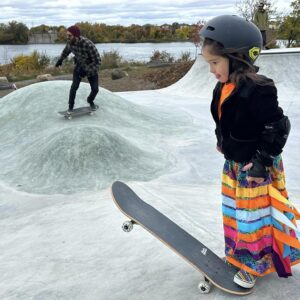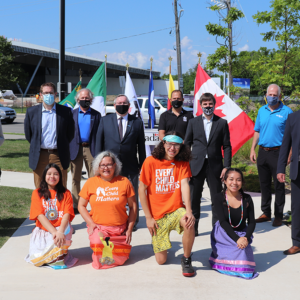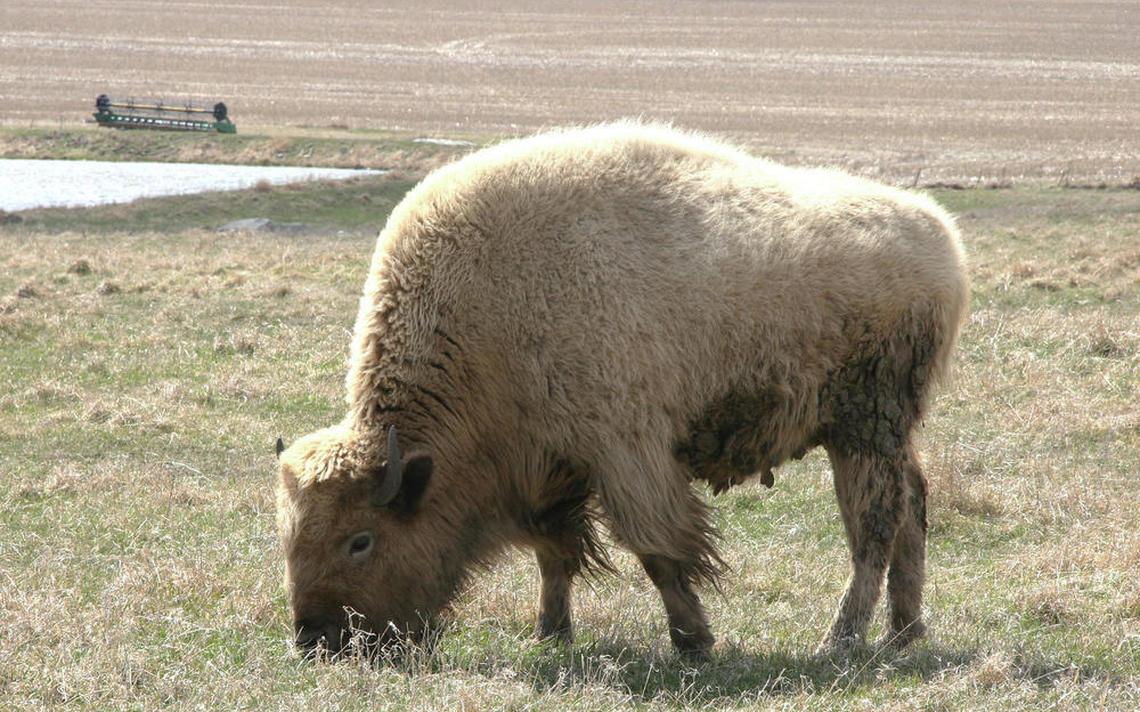
On October 15, 2013, the United States Supreme Court declined to hear the Onondaga Land Rights appeal.
This shameful decision closes the door on the prospects of justice for the Onondaga within the U.S. judicial system. It is not, however, the end of efforts by the Onondaga and their allies to seek justice for the Onondaga, the Haudenosaunee and all indigenous peoples.
On March 11, 2005, the Onondaga filed their historic legal case in federal court in Syracuse, NY.
In very unusual language for a court document, they stated, “The Onondaga people wish to bring about a healing between themselves and all others who live in this region that has been the homeland of the Onondaga Nation since the dawn of time.
The Nation and its people have a unique spiritual, cultural, and historic relationship with the land, which is embodied in Gayanashagowa, the Great Law of Peace.
This relationship goes far beyond federal and state legal concerns of ownership, possession, or other legal rights.
The people are one with the land and consider themselves stewards of it. It is the duty of the Nation’s leaders to work for a healing of this land, to protect it, and to pass it on to future generations.
The Onondaga Nation brings this action on behalf of its people on the hope that it may hasten the process of reconciliation and bring lasting justice, peace, and respect among all who inhabit this area.”
The people of Central New York responded very positively to this call, in great contrast to the hostile public reaction to land claims filed by the Cayuga and Oneida Nations to the West and East of Syracuse. Unfortunately, the federal courts have repeated rejected the Onondaga case, culminating in the recent Supreme Court decision. Lower courts ruled that the Onondaga had waited too long to seek justice and that any resolution would be “too disruptive” to existing residents in their aboriginal territory.
This is despite the fact that US courts have recognized that Onondaga land was taken illegally by New York State, as was the land of their fellow Haudenosaunee.
In responding to the court decision, the Onondaga noted in a news release, “This is just another example of the shameful history of broken treaties, land thefts, forced removal and cultural genocide that is the foundation of New York’s and the United States’ treatment of the Indigenous peoples and nations.
Essentially, the courts have ruled that none of these horrible, historic harms matter under US law, because “it is not fair” to raise these problems at this time.”
“Our people have called for healing, of the land and waters, and with our neighbors who share our lands,” said Tadodaho, Sidney Hill. “Our people have always talked about and worked for a return of our stolen lands, and we will continue to do so, for the sake of the future generations yet to come.”
The Onondaga plan to take their case to the international arena and non-native supporters in the Two Row Wampum Renewal Campaign and other organizations are looking at ways to continue the effort for justice.
Andy Mager is the coordinator of the Two Row Wampum Renewal Campaign.
by By Andy Mager








Comments are closed.